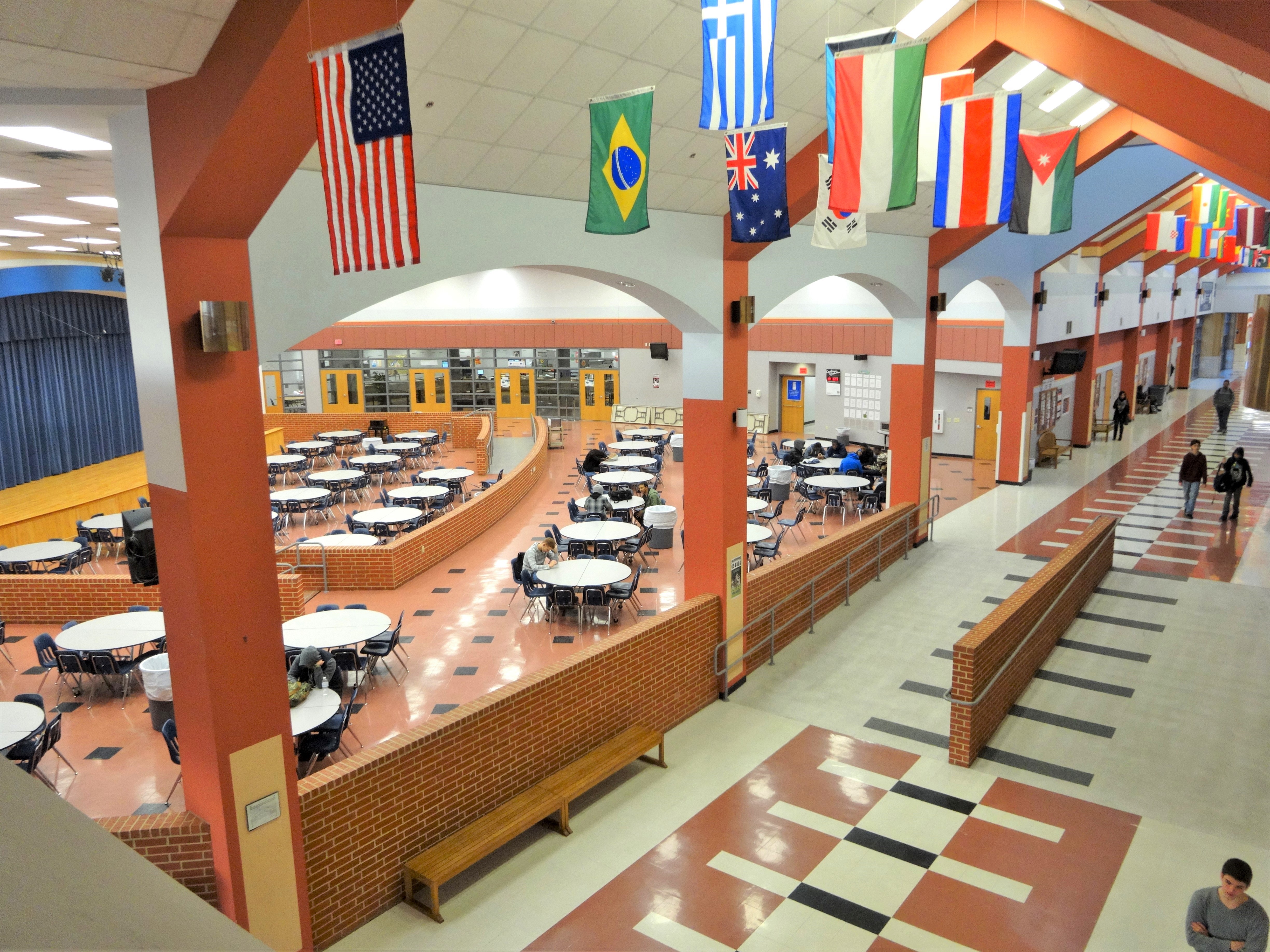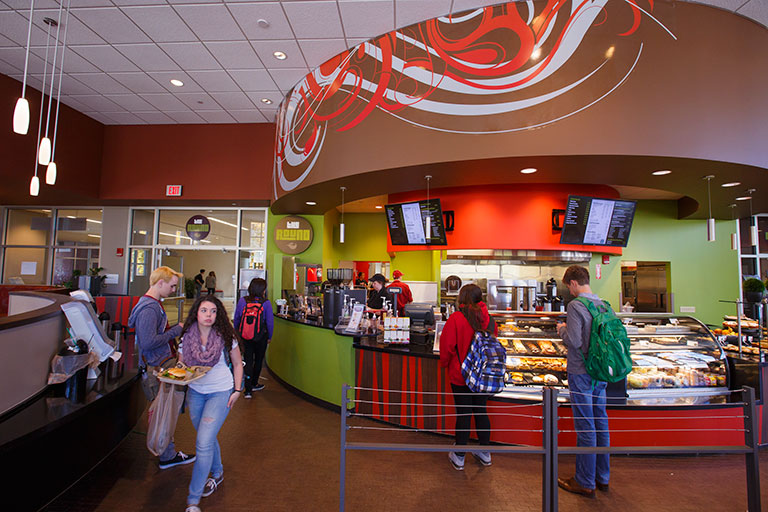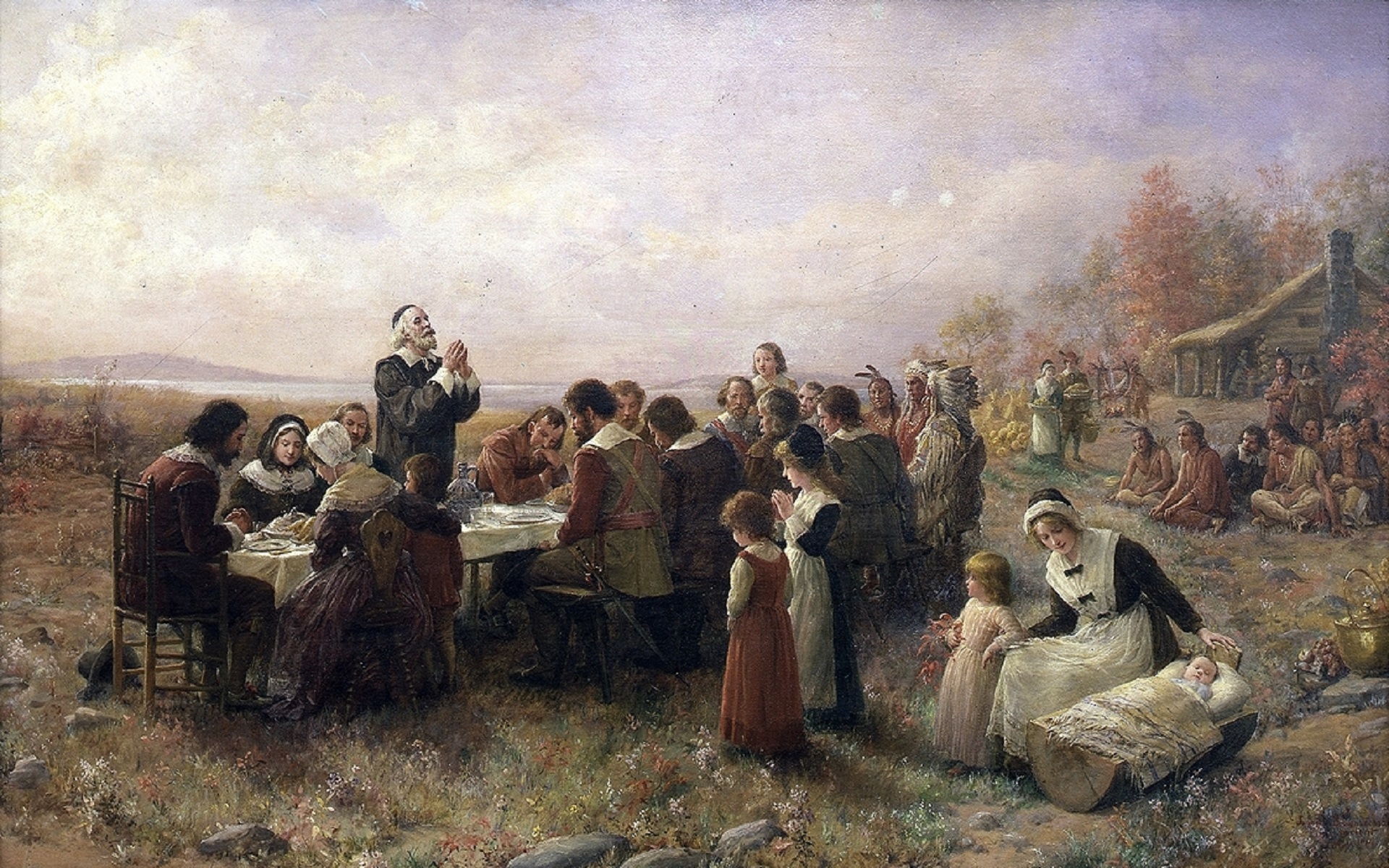National Center for Family & Marriage Research
- Home Page 17

Michigan Blue Fortress
This content is accessible to paid subscribers. To view it please enter your password below or send mike@standardsmichigan.com a request for subscription details.
Bagel & Lox
Culture and Cuisine Recipe of the Week
Hamburg’s Master Plan for Education for Sustainable Development 2030
“With this weekly post we want to introduce you into the culinary range of the English speaking world. Each week we present you an iconic dish and give you information around its origin, preparation and eating habits. This week we are visiting the Big Apple – New York. Bagels can be regarded as a true American melting-pot meal.” — von Nadja Wostiera (Language graduate and blog author)
Standards Michigan: Food/Kitchen/Farm/Agriculture
Nourriture d’automne
![]()
Today we break down the catalog for food safety in education communities; with primary attention to consultations from private standard developing organizations and federal agencies charged with food safety. We do so with sensitivity to animals and plants and sustainability of the global food supply chain. Many schools are the communal cafeterias for the communities that own and operate them and run at commercial scale.
We prepare responses to public consultations released by standards developing organizations which, in many cases, have significant conformance enterprises. Core titles are published by the ANSI accredited organizations listed below:
The ASHRAE catalog is the most cross-cutting and fastest moving catalog in the land. If you claim ownership of the United States energy domain you pretty much capture everything related campus safety and sustainability. Best to deal with it on a day-by-day basis as we usually do according to daily topics shown on our CALENDAR.
Association for Packaging and Processing Technologies
American Society of Agricultural and Biological Engineers
Institute of Electrical and Electronic Engineers
National Electrical Safety Code (Our particular interest lies in the safety and reliability of off-campus agricultural and research facilities that receive power from regulated utilities)
Rural Electric Power Conference
Kitchen Safety and Security System for Children
TupperwareEarth: Bringing Intelligent User Assistance to the “Internet of Kitchen Things”
Designing an IoT based Kitchen Monitoring and Automation System for Gas and Fire Detection
Re-Inventing the Food Supply Chain with IoT: A Data-Driven Solution to Reduce Food Loss
International Code Council
International Building Code Assembly Group A-2
International Building Code Group U Section 312 Agricultural Buildings
International Building Code Moderate Hazard Factory Industrial Group F-1 (Food Processing)
National Fire Protection Association
National Electrical Code Article 210 (Branch Circuits)
National Electrical Code Article 547 (Agricultural Buildings)
Standard for the Installation of Air-Conditioning and Ventilating Systems
Public Input Report for the 2024 Revision
Standard for Ventilation Control and Fire Protection of Commercial Cooking Operations
Public Input Report for the 2024 Revision
Food Equipment
Commercial Warewashing Equipment
Commercial Refrigerators and Freezers
Commercial Cooking, Rethermalization and Powered Hot Food Holding and Transport Equipment
Commercial Powered Food Preparation Equipment
Manufacturers are required to meet the NEC and CEC electrical codes to have their food equipment sold and used in the United States and Canada. Watch our video for more details. pic.twitter.com/d0vUf4zUl2
— NSF (@NSF_Intl) June 30, 2023
US Federal Government:
US Department of Agriculture
Food & Drug Administration (HACCP)
Emotional Overfeeding: Indulgent Feeding Style and Children’s Weight Status in Preschool
State Governments:
Lorem ipsum @StandardsState
Global:
International Organization for Standardization
International Electrotechnical Commission
Codex Alimentarius
Food safety and sustainability standards populate are of the largest domains we track so if we need a break0-out session, let’s do it. Use the login credentials at the upper right of our home page.
More
Standards supporting vertical farming
STANDARDS SUPPORT SOPHISTICATED FARMING METHODS THAT BRING PRODUCE TO YOUR TABLE
US Food & Drug Administration: Food Facility Registration Statistics (as of January 11, 2021)
National Grange of the Order of Patrons of Husbandry
The U.S. Land-Grant University System: An Overview
American Society of Agricultural and Biological Engineers Standards Development
The origin of the Land grant act of 1862
International Electrotechnical Commission: Keeping food safe from farm to plate
Council for the Advancement of Standards in Higher Education: Dining Services Programs
Science and Our Food Supply: A Teacher’s Guide for High School Classrooms
Turkey Research
In the pursuit of Knowledge,
every day something is added.
In the practice of the Way,
every day something is dropped.
Less and less do you need to force things,
until finally you arrive at non-action.
When nothing is done,
nothing is left undone.
— Lao Tzu
“If you want to eat turkey on Thanksgiving you better go catch one”
– Me, to my two year old pic.twitter.com/Bd4mOgQHZj— Ryan Leachman (@RG_Leachman) November 21, 2025
United States Department of Agriculture | Turkey Standards Country Report
Seed the Future
My D-i-l never wanted to be a farmer’s wife. I think she is killin’ it. pic.twitter.com/uBpRRqhG44
— Leslie (@Hopeleslie1234) August 10, 2024
Food Safety
Education communities have significant food safety responsibilities. Risk gets pushed around global food service counterparties; a drama in itself and one that requires coverage in a separate blog post.*
Since 2013 we have been following the development of food safety standards; among them ANSI/NSF 2: Food Equipment one of a constellation of NSF food safety titles whose provisions cover bakery, cafeteria, kitchen, and pantry units and other food handling and processing equipment such as tables and components, counters, hoods, shelves, and sinks. The purpose of this Standard is to establish minimum food protection and sanitation requirements for the materials, design, fabrication, construction, and performance of food handling and processing equipment.
It is a relatively stable standard; developed to support conformance revenue for products. A new landing page seems to have emerged in recent months:
https://www.nsf.org/testing/food
Manufacturers are required to meet the NEC and CEC electrical codes to have their food equipment sold and used in the United States and Canada. Watch our video for more details. pic.twitter.com/d0vUf4zUl2
— NSF (@NSF_Intl) June 30, 2023
You may be enlightened by the concepts running through this standard as can be seen on a past, pre-pandemic agenda:
NSF 2 Food Safety 2019 Meeting Packet – Final Draft
NSF 2 Food Safety 2019 Meeting Summary – August 21-22 Ann Arbor NSF Headquarters
NSF 2 Food Equipment Fabrication Agenda – FEF – TG – 2021-01-12
Not trivial agendas with concepts that cut across several disciplines involving product manufacture, installation, operation and maintenance. We find a very strong influence of organizations such as Aramark and Sodexo. More on that in a separate post.
From https://t.co/CW9veo96yh: Food Equipment Standards https://t.co/ZwBF9Yr5s0
— Standards Michigan (@StandardsMich) September 19, 2025
This committee – along with several other joint committees –meets frequently online. If you wish to participate, and receive access to documents that explain the scope and scale of NSF food safety standards, please contact Allan Rose, (734) 827-3817, arose@nsf.org. NSF International welcomes guests/observers to nearly all of its standards-setting technical committees. We expect another online meeting hosted by this committee any day now.
Keep in mind that all NSF International titles are on the standing agenda of our Nourriture (Food) colloquia; open to everyone. See our CALENDAR for the next meeting.
Issue: [13-113] [15-126]
Category: Facility Asset Management, Healthcare, Residence Hall, Athletics
Colleagues: Mike Anthony, Tracey Artley, Keith Koster, Richard Robben
LEARN MORE:
ANSI Blog | Changes to NSF 2 Food Safety Equipment Standard
NSF International Food Safety 2018 Meeting Summary – 2018-08-22 – Final Draft
2017 Food Code | US Food & Drug Administration
Hygiene Requirements For The Design Of Meat And Poultry Processing Equipment
American Planning Association
This content is accessible to paid subscribers. To view it please enter your password below or send mike@standardsmichigan.com a request for subscription details.
Breakfast Beer
…A Study of Beer and Brewing in 18th-Century England… | Bryan A. Guderian, 2001
- Beer was the standard breakfast beverage for English people in the early 17th century, including the Pilgrims (many of whom were Separatists from Scrooby, England). Water was often unsafe or distrusted, especially in new settlements, so even children and pregnant women drank “small beer” (low-alcohol, around 1–3% ABV).
- The Mayflower’s cargo manifest and passenger accounts show they brought large quantities of beer. Edward Winslow’s letter (December 1621) mentions they were running dangerously low on beer by late 1621, implying it was a daily staple they were rationing.
- William Bradford (governor of Plymouth) wrote in Of Plymouth Plantation that when the Mayflower arrived, the crew was anxious to leave because their beer was nearly gone—they considered beer essential for health and survival.
- On the day of the 1621 harvest celebration itself, the Wampanoag guests (90+ men) arrived unexpectedly. The English served what beverages they had, and surviving accounts suggest beer was among them (along with whatever distilled spirits or wine remained).
Meadowbrook Elementary School Kindergarten Thanksgiving Play
Hampden County Massachusettshttps://t.co/Fp44r9rrzUhttps://t.co/4ZhUXZSzdT pic.twitter.com/y7WV7exWlg— Standards Michigan (@StandardsMich) November 25, 2025
New update alert! The 2022 update to the Trademark Assignment Dataset is now available online. Find 1.29 million trademark assignments, involving 2.28 million unique trademark properties issued by the USPTO between March 1952 and January 2023: https://t.co/njrDAbSpwB pic.twitter.com/GkAXrHoQ9T
— USPTO (@uspto) July 13, 2023
Standards Michigan Group, LLC
2723 South State Street | Suite 150
Ann Arbor, MI 48104 USA
888-746-3670























